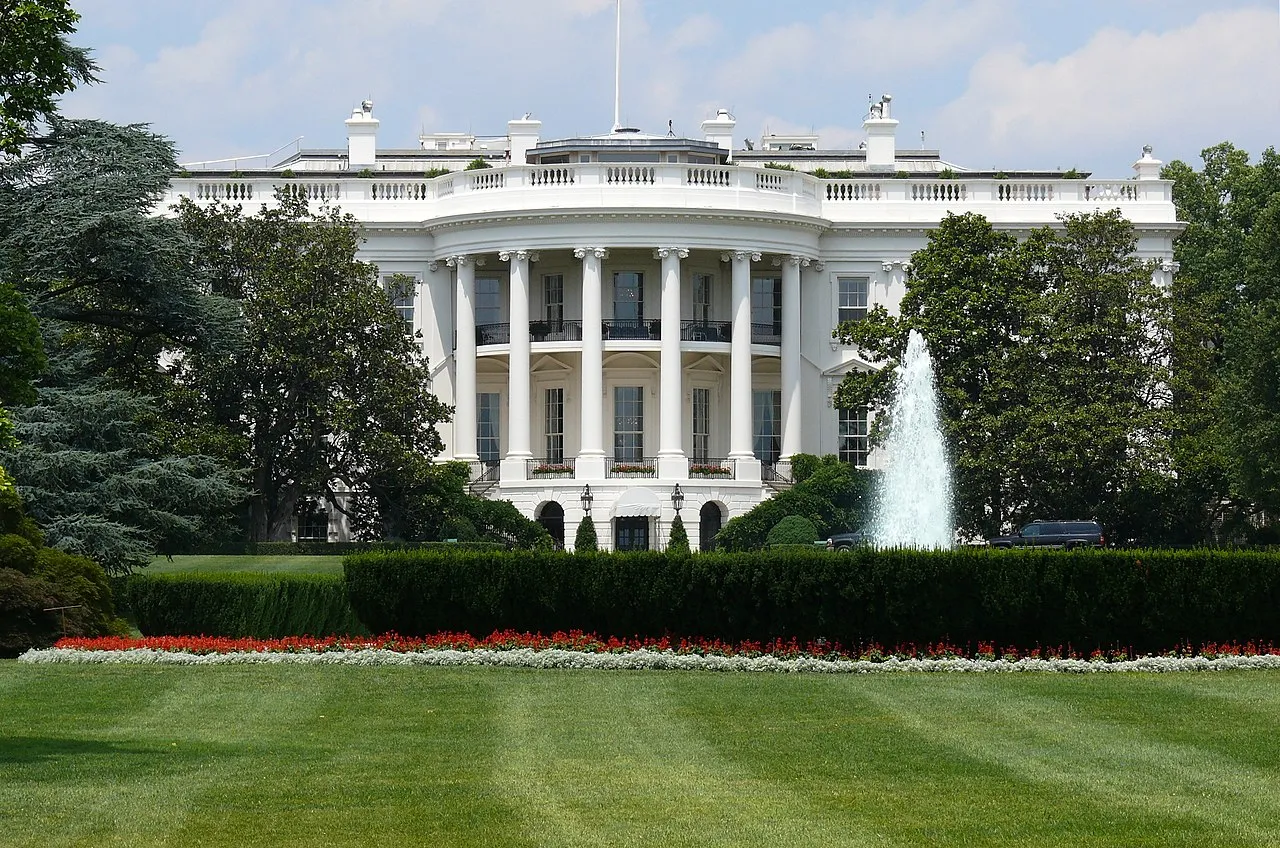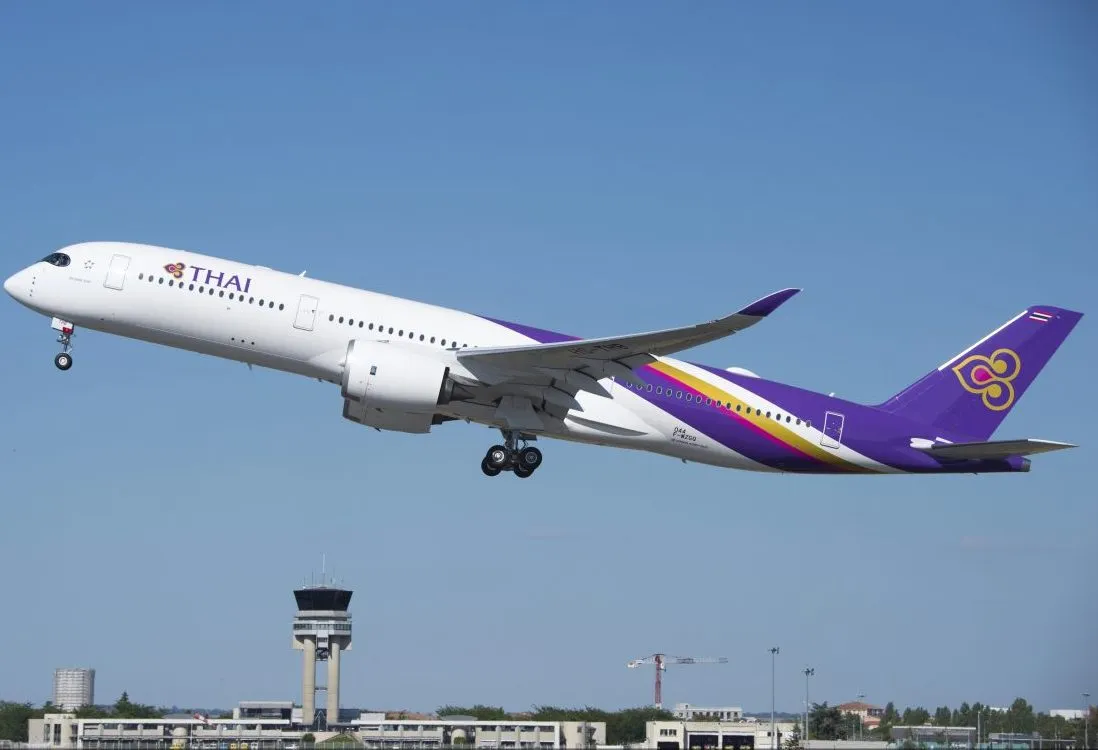U.S. Airlines Still Have Lots to Do to Put the 737 Max in the Air After FAA Approval
Skift Take
The Federal Aviation Administration (FAA) has approved the Boeing 737 Max to fly again, ending a 20-month grounding in the wake of two fatal accidents, but Boeing's best-selling aircraft will be limited to the U.S. for now. In a break with the past, regulators around the world are waiting to review the FAA's decision before re-certifying the aircraft in their countries.
The process is unfolding in reverse of how it did in the spring of 2019, when regulators outside of the U.S. began grounding the 737 Max, leaving the FAA the lone holdout for several days, until March 13, 2019, when it finally grounded the aircraft. Usually, regulators follow the lead of the regulatory agency where the aircraft is manufactured, so FAA for Boeing aircraft and the European Union Aviation Safety Agency (EASA) for Airbus aircraft. But nothing about the 737 Max grounding has been normal, starting with the way it unfolded to the duration of the grounding, the longest in commercial aviation's history.
Regulators around the world grounded the aircraft after a Lion Air crash in Indonesia in 2018 and an Ethiopian Airlines accident in 2019, which together killed 346 people. Both accidents were caused by flight-control software the Boeing has spent the last two years modifying. FAA started recertification flights earlier this year, and Administrator Steven Dickson said he was satisfied with the modifications Boeing made. "I would put my own family on it," he told CNBC in an interview Thursday.
FAA's approval is contingent on airlines retraining pilots on the new flight-control procedures and conducting maintenance on stored aircraft, a process that could take weeks. When that process is complete, FAA said the aircraft is permitted to fly and all future 737 Max models that are yet to be delivered also are approved.
Join Us For Our Skift Aviation Forum Online Conference November 19
But foreign regulators are not on board yet. EASA said it expects its proposed airworthiness directive — the term of art for approving an aircraft to fly — will be released "later this month." That triggers a 28-day public comment period, only after which will the same pilot-training and maintenance procedures kick in. EASA estimates the earliest the 737 Max will return to the skies in the EU is some time in the first quarter of next year.
Transport Canada has said despite the FAA's approval, the 737 Max will remain grounded in Canada and flights prohibited in Canadian airspace. "Transport Canada safety experts continue their independent validation process to determine whether to approve the proposed changes to the aircraft," the agency said in a statement. "However, there will be differences between what the FAA has approved today, and what Canada will require for its operators. These differences will include additional procedures on the flight deck and pre-flight, as well as differences in training." The agency said it expects the process to conclude "soon," but did not release a timeline. Air Canada, which operates the aircraft, did not comment publicly on the matter.
And Brazil's regulator ANAC said it also will conduct its own review, based on the FAA's finding, but it also did not reveal a timeline for when it will permit Gol's 737 Max fleet to return to flight.
ANAC, Transport Canada, and EASA were among the regulators that worked with FAA on the 20-month recertification process, so their approval is expected soon, Hassan Shahidi, president of the Flight Safety Foundation said in an interview. "It is appropriate for the regulator in charge of Boeing to take the first step, and other regulators will follow," he said. "This has been the longest and most comprehensive recertification process in history."
FAA under fire
In September, a scathing report from the House of Representatives alleged the FAA's "grossly insufficient oversight" was responsible for the agency permitting the 737 Max to operate in the first place. The House report called for a complete overhaul on the way the FAA certifies aircraft. House Democratic investigators said at the time, "FAA management has undercut the authority and judgment of its own technical experts and sided with Boeing on design issues that failed to adequately address safety issues and appear to have violated FAA regulations or guidance."
Boeing responded that it has revamped its safety oversight and that it had learned "many hard lessons." This is a message the company reiterated on Thursday, when the FAA un-grounded the 737 Max. "These events and the lessons we have learned as a result have reshaped our company and further focused our attention on our core values of safety, quality and integrity," CEO David Calhoun said in a statement. The company called the FAA's decision an "important milestone" and said it will work with other regulators to ensure the aircraft can be fully un-grounded worldwide.
On Wednesday, House Transportation and Infrastructure Committee Chairman Peter DeFazio (D-Ore.) introduced legislation that will change the way FAA certifies aircraft. The bill seeks to address one concern House investigators alleged in September — that Boeing withheld information on flight-control software from regulators and pilots — by making pilots part of the certification process. "ALPA has been and continues to be actively engaged with Boeing and the FAA on issues surrounding the 737 MAX, and while these changes are a positive step forward, it is also critical that there be significant improvements to the FAA certification process in order to further enhance aviation safety," Air Line Pilots Association Joe DePete said. "These necessary improvements will ensure that we do not encounter a similar situation with future aircraft."
It is unclear what chances DeFazio's bill have in the lame-duck session of Congress, and in September, House Republicans called the Transportation Committee report "partisan."
Returning to u.s. FLIGHT
The 737 Max may only be permitted to fly in the U.S. for now, but the U.S. remains the largest aviation market in the world. Three airlines have the aircraft in their fleets — Southwest Airlines, American Airlines, and United Airlines — and Alaska Airlines is expected to take delivery of its first 737 Max in January. The three airlines that currently have the 737 Max in their fleets have stored them at airports and are starting to ready them for service, a process that can take weeks.
Throughout the crisis, Boeing has continued building the aircraft, although at much slower production rates than originally planned. The company has more than 450 aircraft stored in Washington State that it planned to deliver as soon as regulators approved. For now, it can only deliver aircraft to U.S. airlines.
American Airlines expects to have the aircraft back in service by the end of this year. The company has 24 737 Max aircraft now, and expects to take deliver this year of a further 16 that Boeing has built but was prohibited from delivering while the aircraft was grounded. In a memo to employees, American's leadership said the company is beginning to train its 2,600 Boeing 737 pilots on the new flight-control software and in the simulator.
United plans to return its 14 737 Maxs to the air in the first quarter of next year, spokesman Frank Benenati told Skift. "United’s Max fleet won’t return to service until we have completed more than 1,000 hours of work on every aircraft, including FAA-mandated changes to the flight software, additional pilot training, multiple test flights and meticulous technical analysis to ensure the planes are ready to fly," he added. United is awaiting delivery of 16 aircraft that Boeing has already built, but no specific timeline for when those aircraft will arrive was provided.
Southwest is the largest 737 Max operator, with 34. in its fleet. CEO Gary Kelly said the type will return to service "no sooner than" the second quarter of next year, as Southwest trains all its pilots to fly the type. Unlike United, American, and Alaska, Southwest only flies 737s of all types and will have to train a larger number of pilots.
Alaska Airlines expects to start flying the 737 Max for revenue passengers in March, two months after it takes delivery of its first aircraft, upon completion of test flights throughout its network, including Alaska and Hawaii. "In the coming weeks, our pilots will also begin the required eight hours of flight simulator and computer-based training that focuses on the operation of the Max," a spokeswoman said. "Our pilot training program for the MAX is more extensive than what’s required by the FAA."
"I am confident we will be ready to operate the MAX in accordance with the FAA's requirements," Southwest's Kelly said. "I am going to be flying on the Max before we return the aircraft to service — and the same is true for many other Southwest leaders."
Register Now For Skift Aviation Forum, Happening Online November 19




